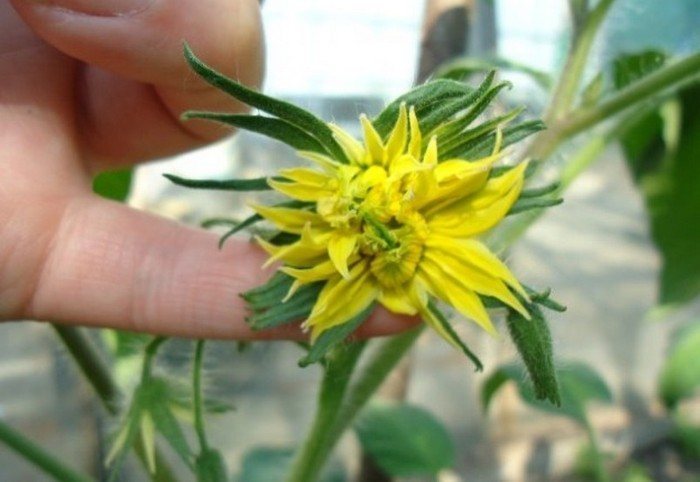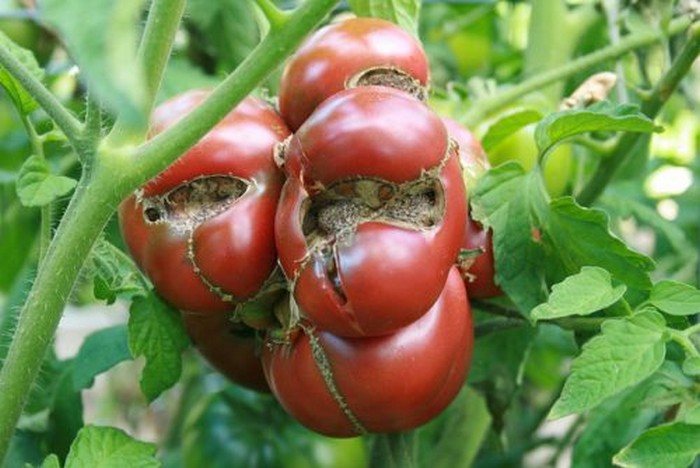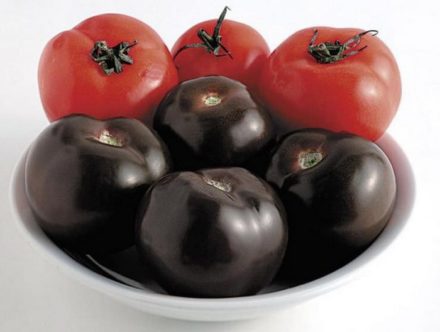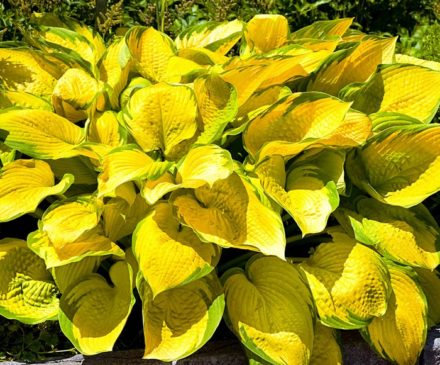Surely, seeing strange “double” flowers on a plant for the first time, an inexperienced tomato grower may be very surprised - not everyone expects to see disproportionately large mutants instead of the usual neat inflorescences. Find out where these flowers come from and what to do with them in this article.

What flowers and tomatoes look like with fascia
This phenomenon has a scientific name - fasciation. Flowers with this mutation are called “double” or “royal”. With normal development, tomato flowers are neat yellow inflorescences with 5-8 petals. Terry ones, in turn, are asymmetrical, huge and 2-3 times larger than standard ones, and have a large number of stamens, petals and sepals. Royal flowers are several inflorescences fused together. Usually such “monsters” develop in a single copy, located on the lower hand.

By the way, fasciation can occur not only with tomatoes, but also with other crops as well.
Fruits developing from double inflorescences will be ribbed, excessively large, irregular, and ugly in shape. Such tomatoes are no longer suitable for sale due to their appearance. It is worth noting that such deformities do not affect the color or taste in any way. Double flowers themselves do not cause any particular harm to the plant, but they noticeably slow down growth and development and ripen much later than others.
Why do double flowers appear?
Fasciation is a plant's response to stress. The reason for the appearance of flowers, and subsequently tomatoes with anatomical deformities, can be a significant change in weather conditions or viruses.
By uncomfortable living conditions we mean:
- Sudden temperature changes.
- Too high humidity due to improper care, prolonged rainfall or cloudiness. Plants in conditions of high humidity experience difficulty in self-pollination, which leads to the fusion of inflorescences.
- Viral diseases. You can understand whether viruses are to blame for the deformation of the inflorescence by the general condition of the plant and other symptoms. Tomato mosaic, complex streak and bronzing are diseases that most often cause fasciation.
Providing stable conditions for tomatoes already prevents the appearance of double flowers.

What to do
When fasciation occurs, there are two options - cut it off or let it grow further. The vast majority of gardeners choose the first path, since double flowers consume nutrients intended for others, which will slow down the overall development of the plant and reduce productivity. If desired, the fasciated flower can be left, removing the remaining ovaries. The result is a twisted fruit of incredibly large size.
Whether or not to cut terry ovaries is a personal matter for everyone. The choice depends on what the final result is needed - a good harvest or one large fruit.












